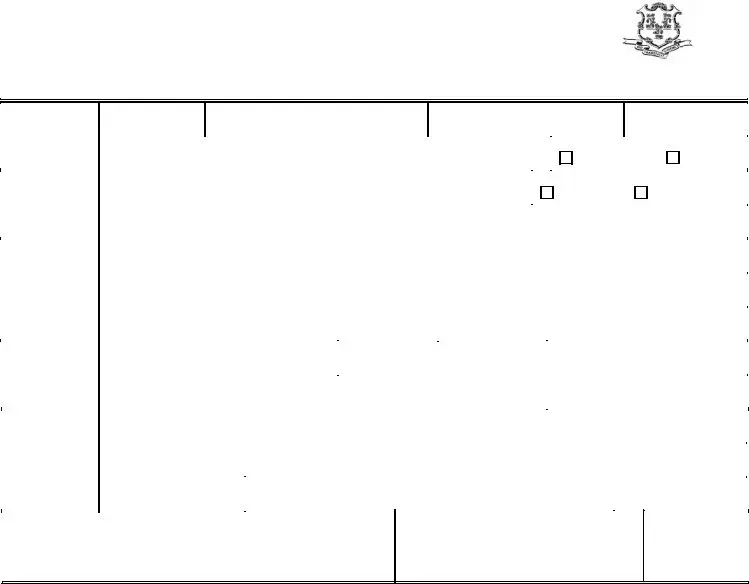In the heart of Connecticut's administrative framework for handling abandoned vehicles, the H-110 form emerges as a cornerstone document, meticulously crafted to streamline the process of notifying the Department of Motor Vehicles about the intention to sell an abandoned vehicle. Situated within the meticulous bureaucracy of the State of Connecticut Department of Motor Vehicles, located at 60 State Street, Wethersfield, CT, this form is a vital link between the seller and the legal obligations they must fulfill before proceeding with the sale. With an emphasis on clarity and precision, the form mandates the provision of detailed information concerning the vehicle, including year, make/model, odometer reading, color, vehicle identification number (VIN), and an estimation of its value. A critical distinction is made between vehicles valued at $1500 or less and those above this threshold, reflecting the due diligence required in handling the sale. Additionally, the form diligently collects information on the seller, who might be a dealer or repairer, including their address and license number, while also recording the accumulative costs associated with storage, towing, and repairs, which might transform into liens against the vehicle. It also ventures into legal territories by requiring the seller to affirm that notice of the intent to sell has been sent to the previous owner, ensuring that all parties are duly notified, thereby adhering to the procedural fairness mandated by law. Through the meticulous completion and submission of this form, alongside an Affidavit of Compliance (H-76), and ensuring all relevant parties, including the former owner, are informed, the seller subscribes under penalty of false statement to the accuracy of the information, fulfilling their obligation to the Commissioner of Motor Vehicles. This not only exemplifies the state's commitment to legal and procedural precision but also enshrines the rigorous steps required to ethically transfer ownership of abandoned vehicles in Connecticut, underscoring the intricate dance between administrative requirement and individual responsibility.
